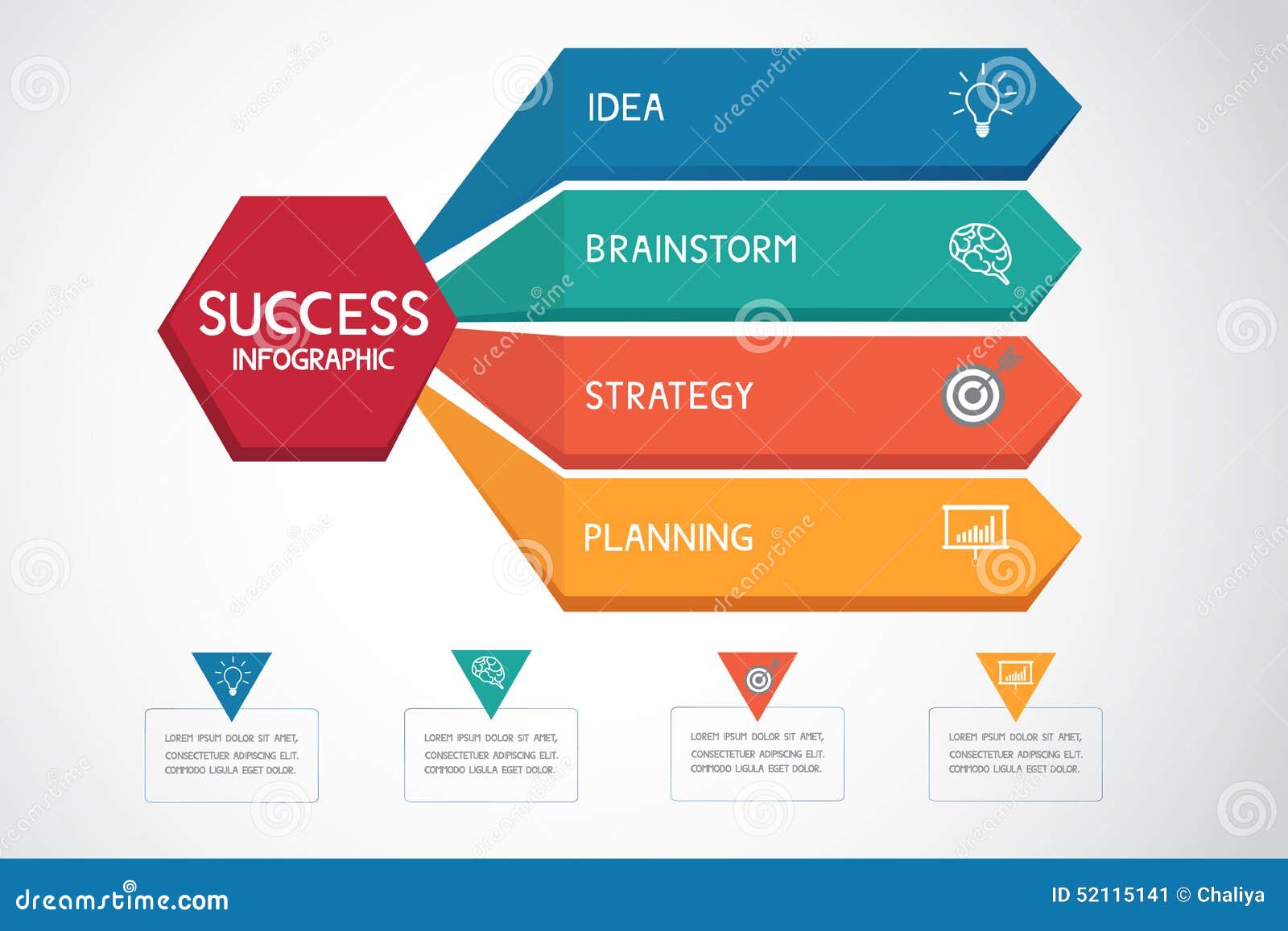Intrigued In Finding Out Exactly How Web Site Design Has Advanced Throughout The Years? Check Out The Journey From Straightforward Styles To User-Centered Approaches
Intrigued In Finding Out Exactly How Web Site Design Has Advanced Throughout The Years? Check Out The Journey From Straightforward Styles To User-Centered Approaches
Blog Article
visit the next website page By-Pappas Stender
In the past, websites were easy and concentrated on info. Navigating was straight, and layout was for desktops. Now, user experience is key. Information overviews layouts for simple navigating. Responsive formats fit various gadgets. Today, dark mode decreases pressure, and minimalist menus enhance navigating. Interactive attributes involve customers, and vibrant visuals stand apart. AI assimilation increases engagement. See how design has actually evolved to improve your on the internet trip.
Very Early Days of Website Design
In the very early days of web design, simpleness preponderated. Sites were standard, with minimal shades, font styles, and designs. The emphasis got on offering details instead of flashy visuals. Individuals accessed the net via sluggish dial-up links, so rate and capability were crucial.
Navigation food selections were straightforward, usually located at the top or side of the web page. Websites were created for computer, as mobile surfing wasn't yet common. Content was king, and developers focused on easy readability over complex design elements.
HTML was the key coding language made use of, and designers needed to function within its restraints. Animations and interactive attributes were very little contrasted to today's standards. Internet sites were static, with little dynamic content or personalized customer experiences.
Rise of User-Focused Layout
With the development of site style, a change in the direction of user-focused style principles has come to be significantly noticeable. Suggested Browsing , creating sites that prioritize customer experience is essential for involving visitors and attaining business objectives. User-focused style includes recognizing the demands, preferences, and habits of your target market to customize the internet site's format, web content, and includes accordingly.
Designers now conduct detailed research, such as user studies and functionality testing, to gather insights and comments straight from individuals. This data-driven approach helps in developing user-friendly navigating, clear calls-to-action, and aesthetically attractive user interfaces that reverberate with site visitors. By positioning the user at the facility of the design process, web sites can provide a much more customized and pleasurable experience.
Receptive design has additionally emerged as a key element of user-focused layout, guaranteeing that web sites are optimized for different gadgets and display sizes. This flexibility improves accessibility and usability, satisfying the diverse methods customers engage with web sites today. Fundamentally, the rise of user-focused design represents a shift in the direction of creating digital experiences that focus on the demands and expectations of the end individual.
Modern Trends in Web Design
Check out the most up to date patterns forming web design today. One prominent trend is dark setting layout, using a smooth and modern-day appearance while lowering eye pressure in low-light settings. Another vital pattern is minimal navigation, simplifying food selections and improving user experience by concentrating on essential elements. Integrating micro-interactions, such as computer animated buttons or scrolling results, can develop a more interesting and interactive website. Responsive design stays crucial, making certain smooth individual experiences across various devices. Furthermore, utilizing vibrant typography and asymmetrical layouts can add aesthetic passion and draw attention to specific content.
Integrating AI modern technology, like chatbots for consumer support or customized recommendations, enhances customer involvement and improves procedures. Accessibility has likewise come to be a significant pattern, with designers focusing on comprehensive design practices to cater to varied user needs. Embracing sustainability by optimizing web site performance for speed and effectiveness is one more emerging trend in web design. Collaborating with customer comments and data analytics to iterate and improve design continuously is vital for remaining appropriate in the ever-evolving digital landscape. By embracing these modern fads, you can develop an aesthetically appealing, straightforward web site that resonates with your audience.
Verdict
As you assess the evolution of site design from the early days to now, you can see just how user-focused style has become the driving force behind modern-day fads.
Welcome the trip of adjustment and adjustment in website design, always keeping the user experience at the center.
Tippingpointdigital
Remain current with the current trends and technologies, and never quit evolving your approach to create visually sensational and easy to use sites.
Progress, adjust, and produce - the future of web design is in your hands.
